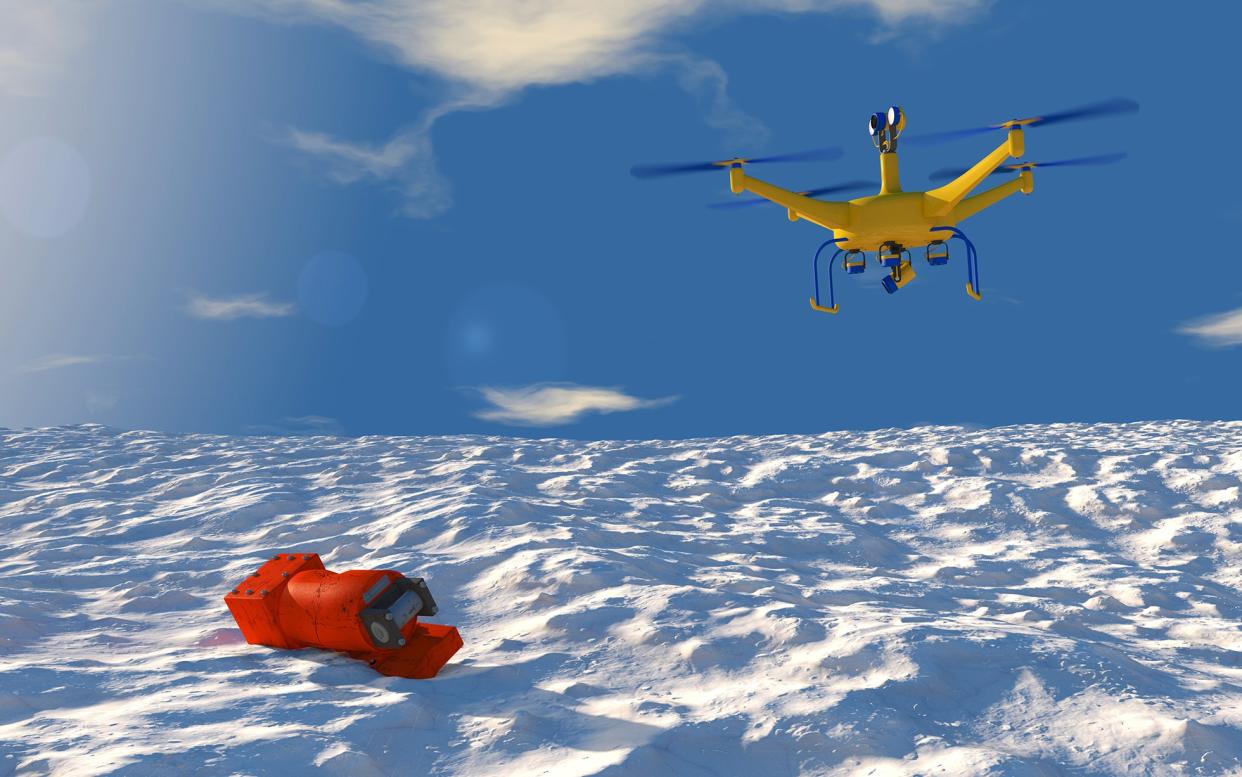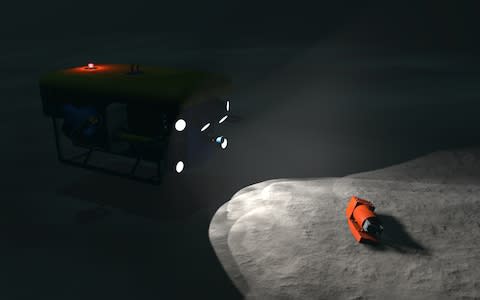What is a 'black box', and why do we still rely on them?

The black box from Lion Air flight JT 610 has been found, a discovery which should help to explain why the plane crashed off the coast of Indonesia on Monday.
The Boeing 737 MAX plummeted into the Java Sea just minutes after taking off from Jakarta, killing all 189 people on board - the worst aviation disaster in Indonesia since 1997.
There is currently no indication as to what caused the crash, although the aircraft is thought to have experienced technical problems on its penultimate flight on Sunday. Several passengers from that flight from Bali to Jakarta have recalled problems including a delayed take off and rapid descents in the first 10 minutes in the air.
Divers on Thursday recovered the black box flight recorder on the seafloor. This, it is hoped, could help investigators identify what exactly happened in the moments before the crash.
The hunt for the black box is a central part of any air crash investigation. But what exactly is a black box? Why are they not black? And why don’t planes just use satellite technology instead?

What does the black box do?
Every commercial aircraft must contain two flight recorders, known as black boxes. The first is a Flight Data Recorder (FDR), which contains all of the instructions sent to any electronic systems on an aircraft. So all of the plane’s crucial information - airspeed, altitude, fuel flow - is recorded in the FDR.
The other black box is the Cockpit Voice Recorder (CVR), which keeps a log of what the pilots are talking about between themselves and conversations with air traffic control. It also picks up ambient sounds from the flight deck, which can provide vital clues when it comes to piecing together what happened in the final moments before a plane crash.
How is the black box found?
Black boxes contain underwater locator beacons. As soon as the unit is immersed in any kind of liquid, it will start sending out an ultrasonic ping. The black box is designed to work in depths up to 6,000 metres of saltwater and is designed to ping every second for 30 days before the battery runs out.
If a black box sinks to the bottom of the ocean, the search vessels looking for it must be almost directly above the beacon to detect the ping. In deep waters, using hydrophones can help search teams get closer to the signal.

Is the black box actually black?
No. The black box is actually painted in ‘international orange’, a colour used in aerospace and engineering to help an object stand out from its surroundings. It is not known where the term “black box” came from (perhaps because early designs were black inside) but aviation professionals generally refer to the device as an electronic flight data recorder.
Early 1950s prototypes of the black box, masterminded by Australian research scientist David Warren, were known as the “Red Egg” for its oval shape and bright red colour.
Where in the aircraft is the black box?
The black box is kept in the rear of the aircraft, where there is a greater chance for it to survive the impact of an accident.
Is the black box indestructible?
They are very robust indeed. Double-wrapped in a shell of titanium or stainless steel, the black box is designed to withstand extreme impact and temperatures. The memory unit can take an impact velocity of over 300mph and heat of over 1,000 degrees celcius for an hour. It is rare for a black box to be totally destroyed to the point of containing no useable data.
Can't the black box stream its data?
In a world where digital data can easily be transmitted and streamed, there is the question of why planes still store their flight information and voice recordings on a physical black box, rather than in the Cloud.
It turns out this technology does exist, but it just hasn't been widely adopted yet. FLYHT Aerospace has designed a tracking system, about the size of a hotel room safe. It transmits data including coordinates, speed and altitude, to the ground via satellite as soon as the plane suddenly loses altitude, banks sharply or experiences engine vibrations.
However, this black box streaming service doesn't come cheaply - over $120,000 per plane. The airline industry is unlikely to invest money in such technologies that will only be used in very rare circumstances.
Why aren't planes tracked by satellites?
When Malaysia Airline’s flight MH370 went missing on March 8 2014, many people were surprised to learn that something as large as a Boeing 777 could effectively disappear from radar screens. It was sobering to discover that, when you're on board a plane watching the in-flight tracker, you have more information about the plane's exact whereabouts than air traffic control.
Commercial aircraft are fitted with transponders that relay their location via radar, but these cannot be detected once the plane is more than 150 miles from land. The technology is getting better. A new innovation called Automatic Dependent Surveillance-Broadcast (ADS-B) means planes can be tracked by receivers on the ground for up to around 290 miles from the shore.
So in this moment, there's still no way for air traffic control to accurately track planes above the ocean. There is one company, however, called Aireon, which is planning to launch a fleet of 66 satellites with ADS-B receivers to monitor air traffic. If all goes to plan these will be launched by the end of 2018. This, they say, will allow air traffic controllers to track planes flying in previously un-trackable areas with pin-point accuracy. Watch this space (literally).

